This is the only place in Ho Chi Minh City that conducts research and transfers many unique agricultural models such as: Raising crabs in plastic boxes, raising spirulina in tubes...
Ho Chi Minh City High-Tech Agricultural Park (Cu Chi district, Ho Chi Minh City) is one of the leading units in researching, experimenting and transferring modern and effective agricultural models.
Here, high-tech agricultural models are researched, adjusted and manufactured by engineers. Many models have been transferred to farmers, cooperatives, etc. with high efficiency.
The High-tech Agricultural Enterprise Incubation Center, part of the High-tech Agricultural Zone, has researched and transferred to farmers a model of raising soft-shell crabs in plastic boxes using a recirculating system.
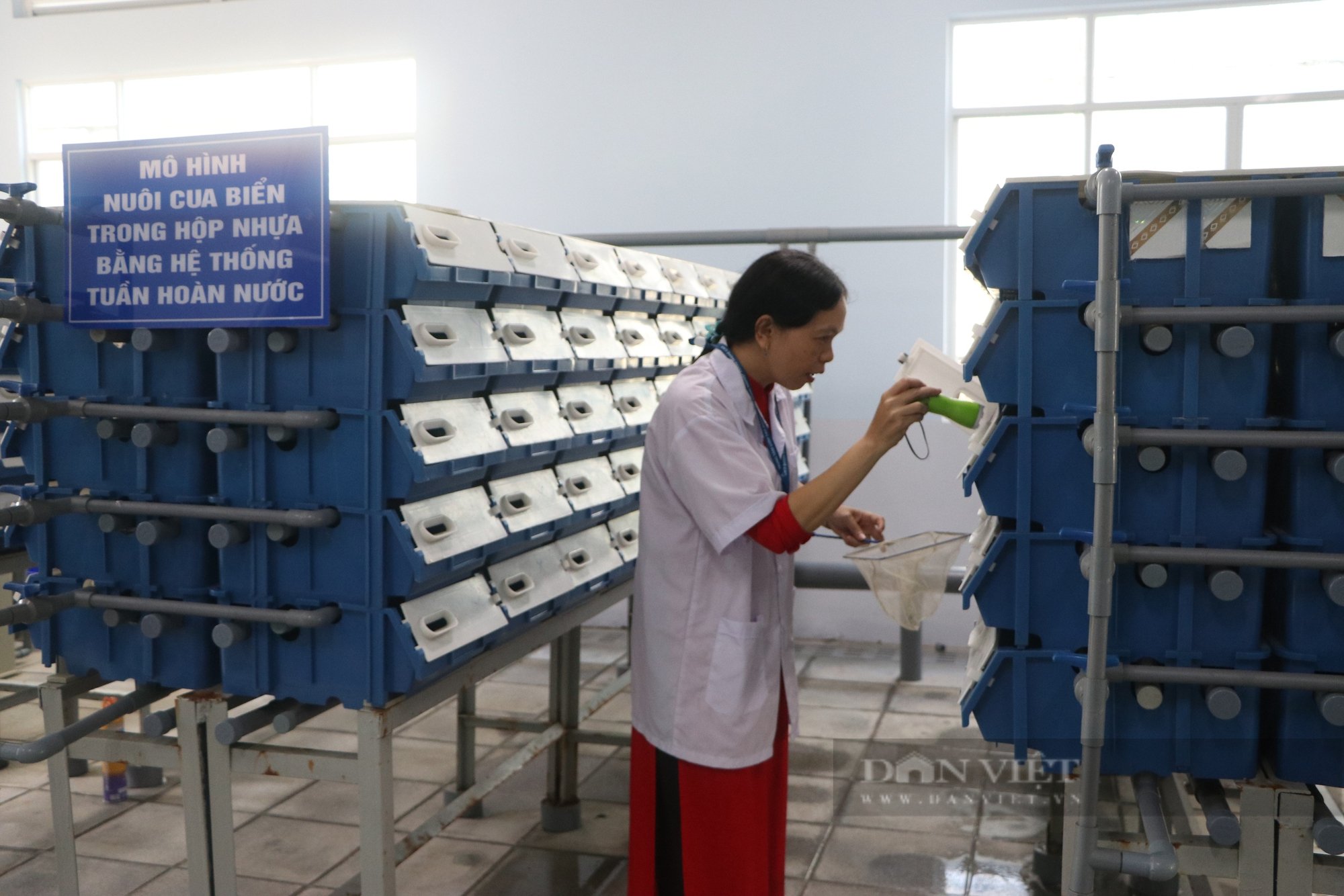
Crab farming model in plastic boxes at the High-Tech Agricultural Park of Ho Chi Minh City. Photo: QD
According to Engineer Vo Van Nhan - Management Board of Ho Chi Minh City High-Tech Agriculture Zone, for the environment of raising in plastic boxes, to produce a moulting rate of 90-95%, there are 3 main factors, which are the source of seeds, raising techniques and water source.
The input water source uses seawater with a salinity of 8-15‰ and is then settled and filtered before being released into the farming model.
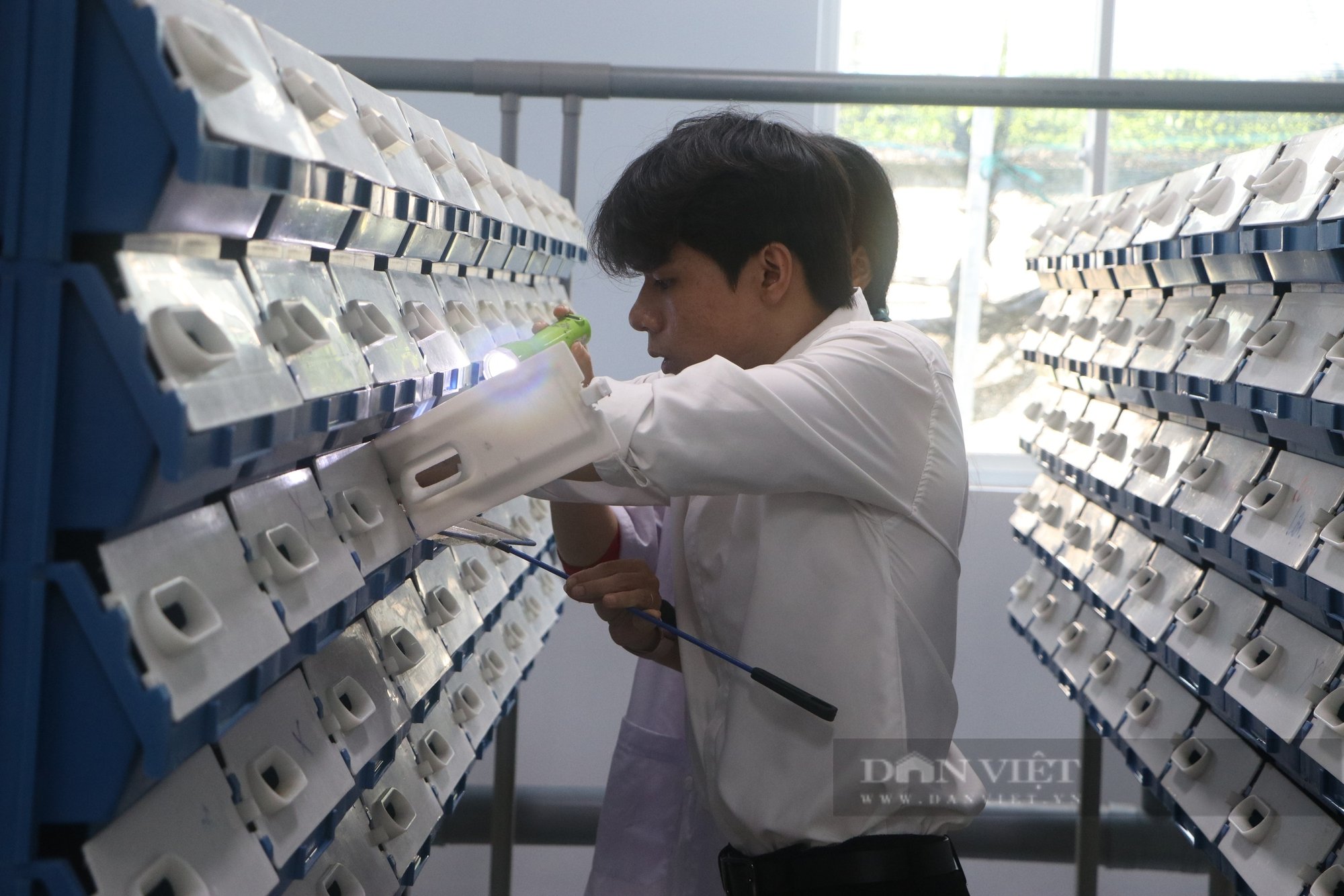
Engineer Vo Van Nhan is monitoring the development of crabs. Photo: DQ
“Water source is the most important factor for success in aquaculture. Soft-shell crab farming is no exception. In order for crabs to grow well and achieve high productivity, farmers need to choose suitable sized and good quality breeds,” said Engineer Nhan.
Soft-shell crab farming has potential for development in our country when output cannot meet demand.
Soft-shell crab farming in plastic boxes using a recirculating system is being widely replicated, thanks to its ability to minimize leakage and help farmers achieve high economic efficiency when properly applied according to the process of this model.
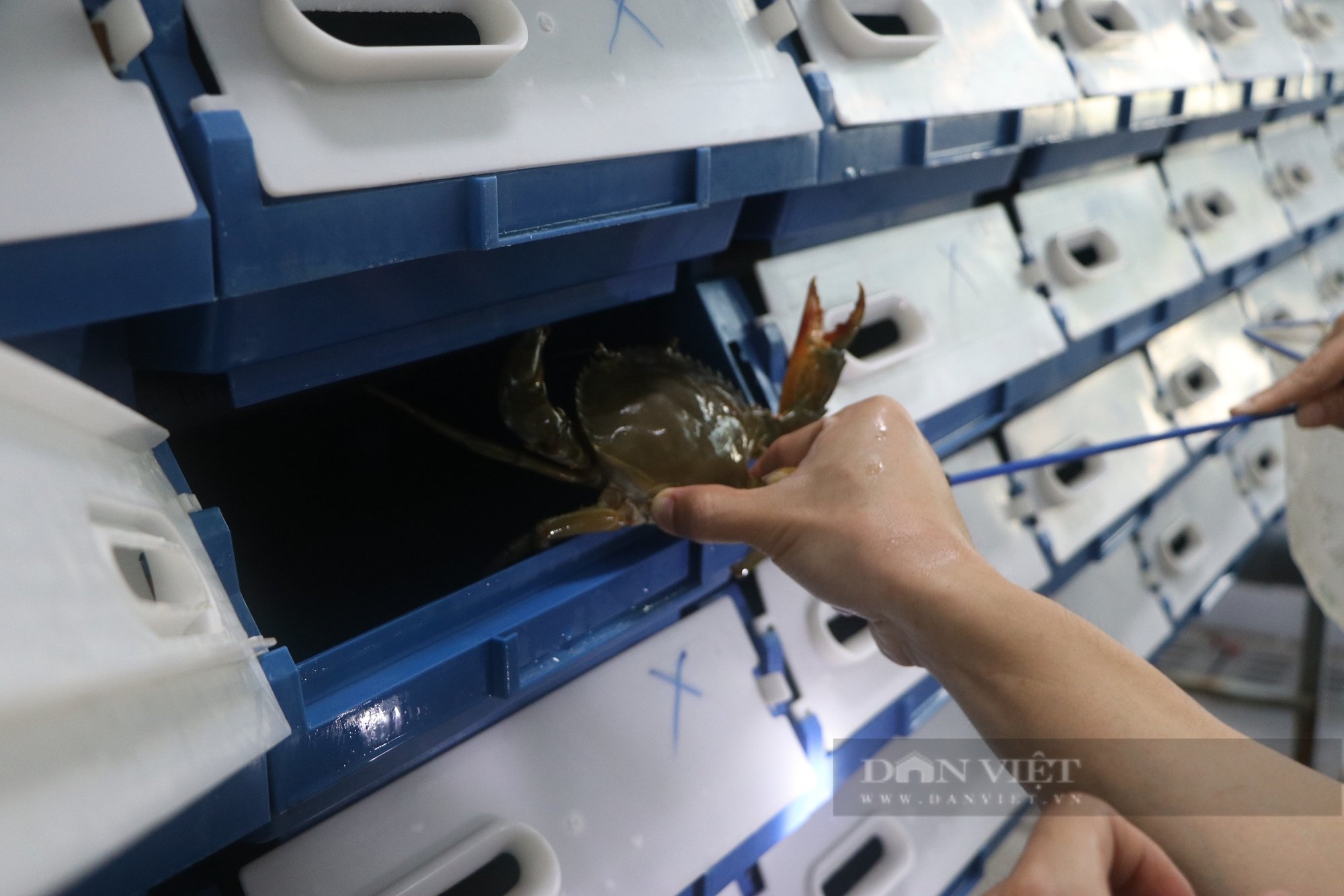
Crabs raised in plastic boxes can control the salinity of the water and nutrition, so the meat quality is equivalent to natural crabs. Photo: DQ
Cherry tomatoes grown on substrate in greenhouse
In addition to this model, the Ho Chi Minh City High-Tech Agricultural Park also implements a model of cherry tomatoes grown on substrate in greenhouses for high productivity.
The advanced point of this model is that tomato plants are grown in a greenhouse, without soil and using a drip irrigation system. Factors such as temperature, humidity, and light are also controlled in a closed system inside the greenhouse.
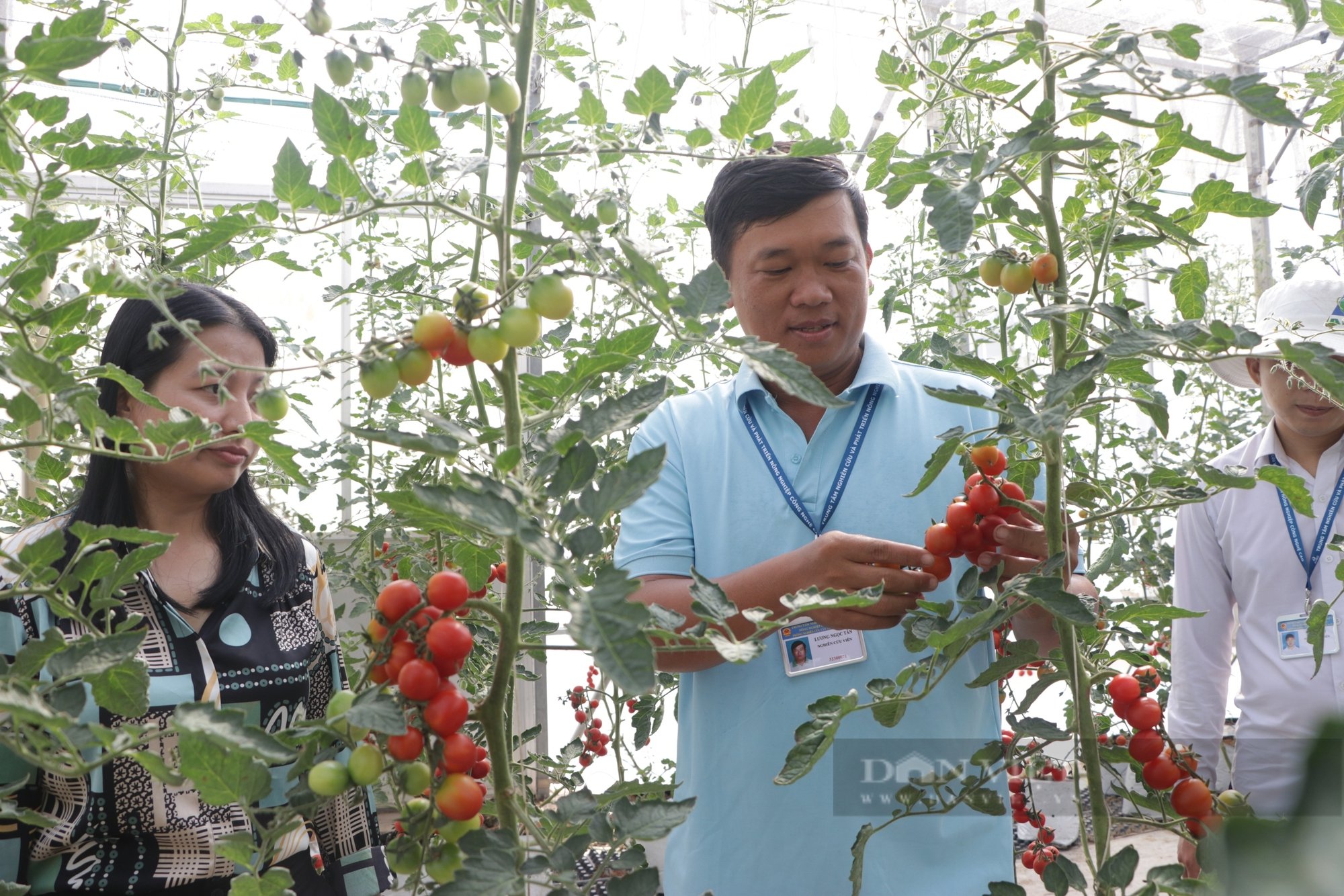
The model of growing cherry tomatoes in greenhouses gives good yield. Photo: QD
According to experts, the most important factor in this model is nutrition. This affects the yield and quality of tomato plants compared to growing them in the ground. Among the nutrients, tomato plants absorb the most potassium, nitrogen and the least phosphorus. During the growth cycle of tomato plants, to produce one ton of fruit, farmers need to apply 7.9 kg of potassium; 3.8 kg of nitrogen and 0.6 kg of phosphorus to the soil.
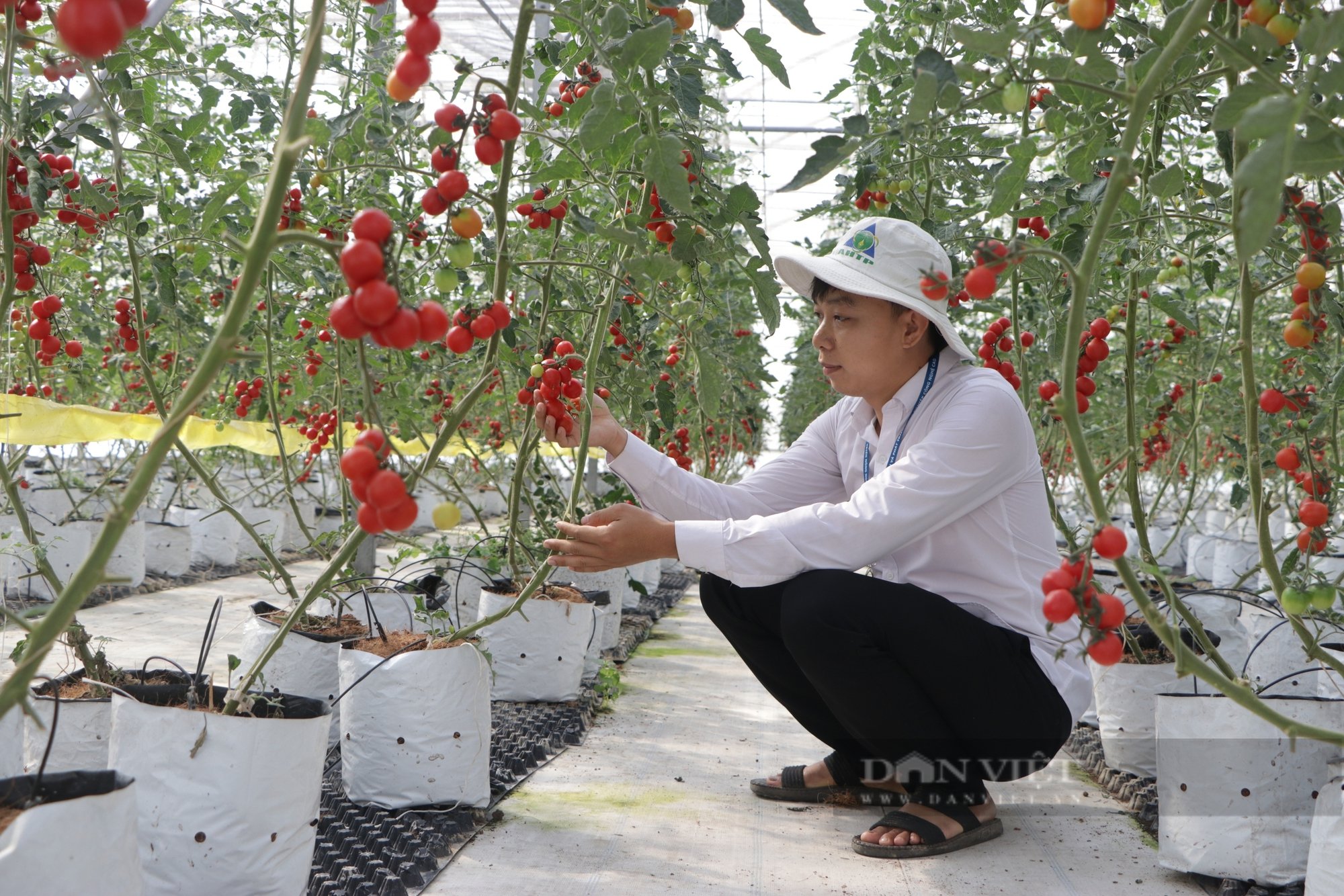
The automatic watering system is plugged into the pot of substrate. Photo: QD
With tomatoes grown on substrate in greenhouses, nutrient solution and water are supplied simultaneously through a drip irrigation system. Thanks to the control of the drip irrigation system, the model of growing cherry tomatoes in greenhouses gives the caretaker the initiative, limiting the use of chemical fertilizers. From there, helping the tomato product when reaching consumers have the best quality.
Growing Spirulina in a Lens System Using IoT Technology
In addition, the High-tech Agricultural Enterprise Incubation Center is also implementing a model of growing Spirulina algae in a lens system applying IoT technology.
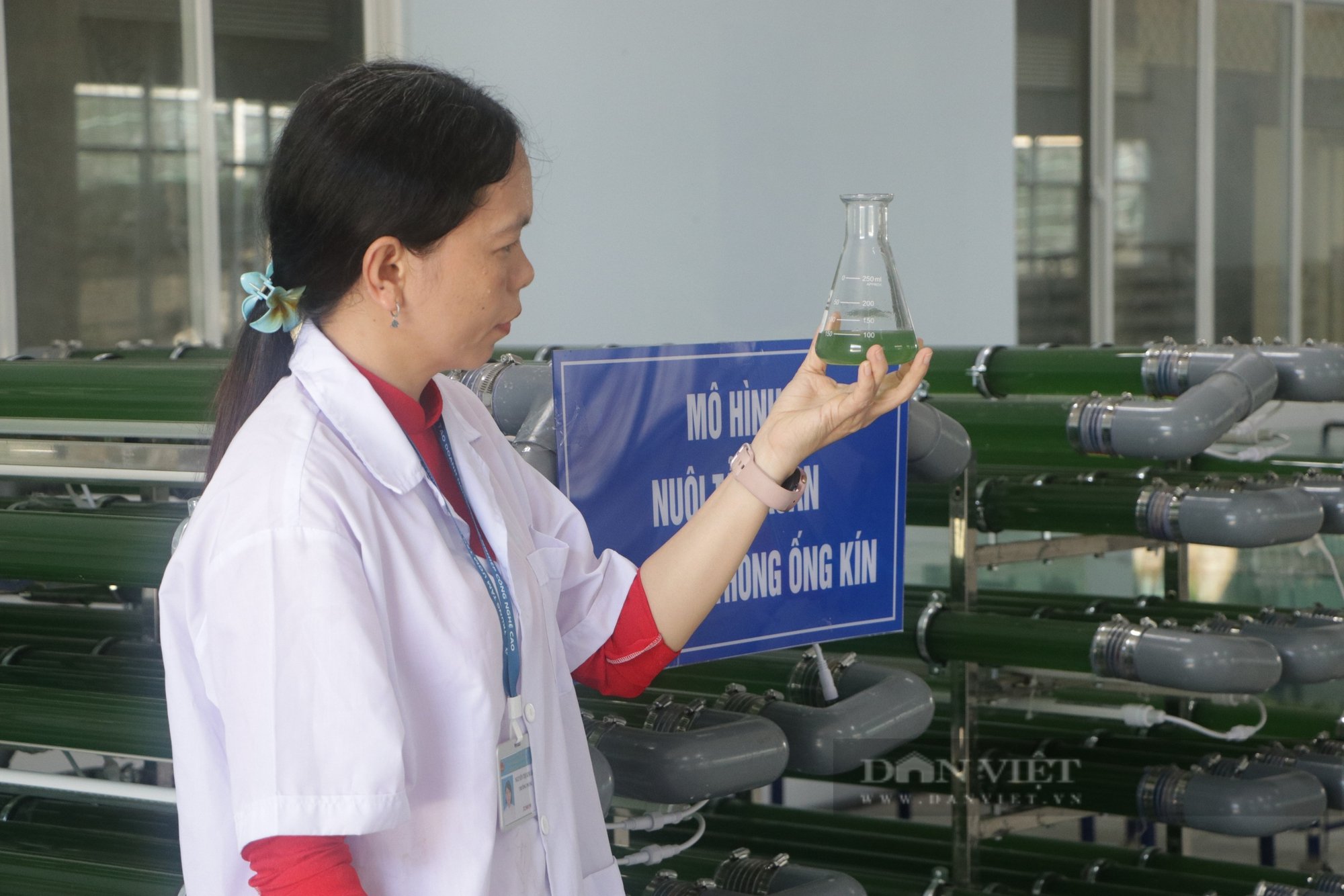
Master Nguyen Thi Kim Lien introduces the model of growing Spirulina algae in a lens system. Photo: DQ
This system creates a clean, closed environment with a system of glass tubes circulating treated fresh water. The lighting system is arranged outside the tube to help the algae have light for photosynthesis. In the glass tube, Spirulina algae move continuously with the water flow to grow. After about 2 weeks, the farmer will base on the color and measure the density of the algae to harvest by stopping the circulation system. At that time, the algae will settle to the bottom of the glass tube.
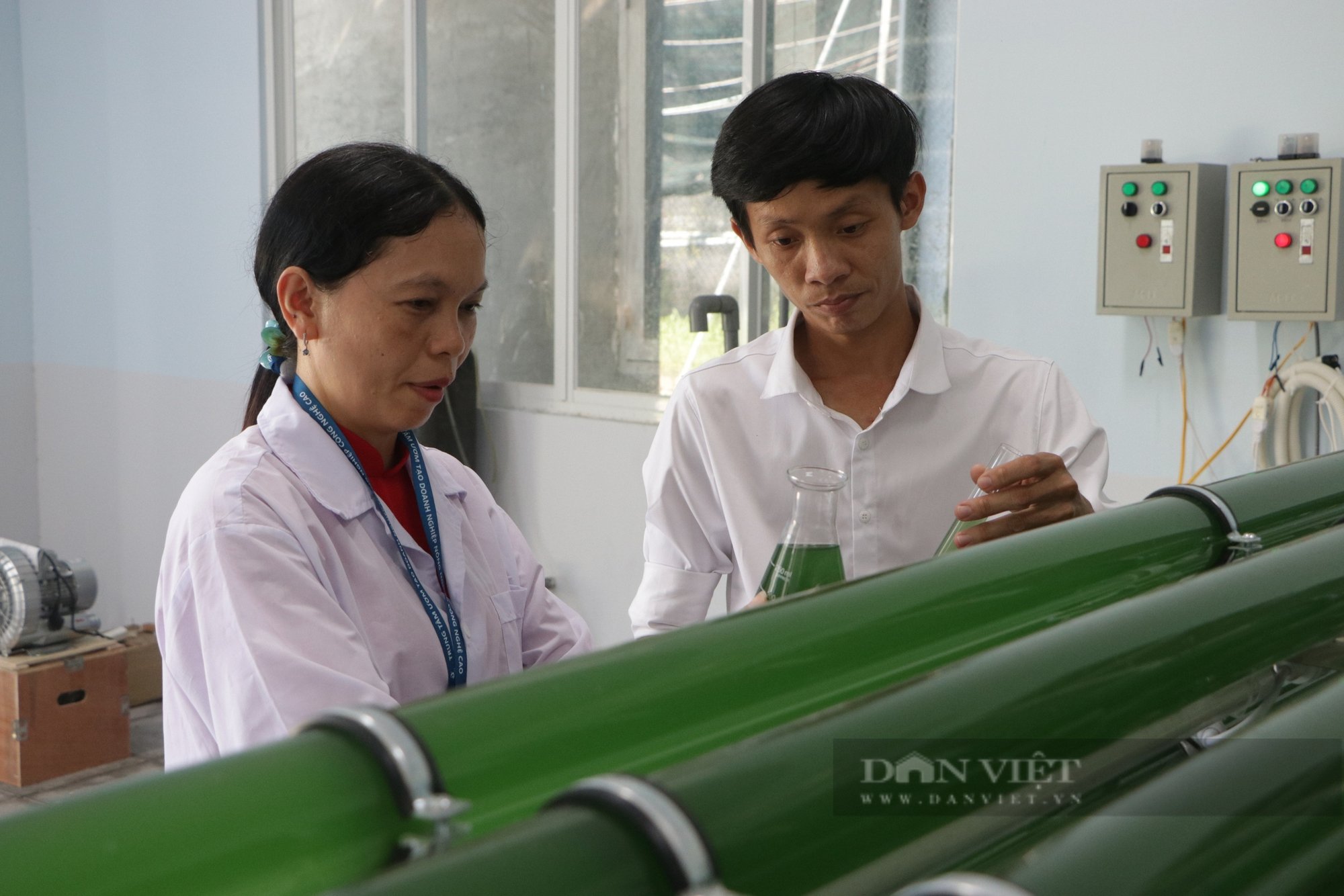
Currently, the model of growing Spirulina algae in the lens system is still in the research and completion stage. Photo: QD
According to Master Nguyen Thi Kim Lien - Representative of the research team, after harvesting, algae are freeze-dried into solid form, and can be mixed with other ingredients to make functional foods, cosmetics, etc. to increase the value of algae instead of making it into regular food.
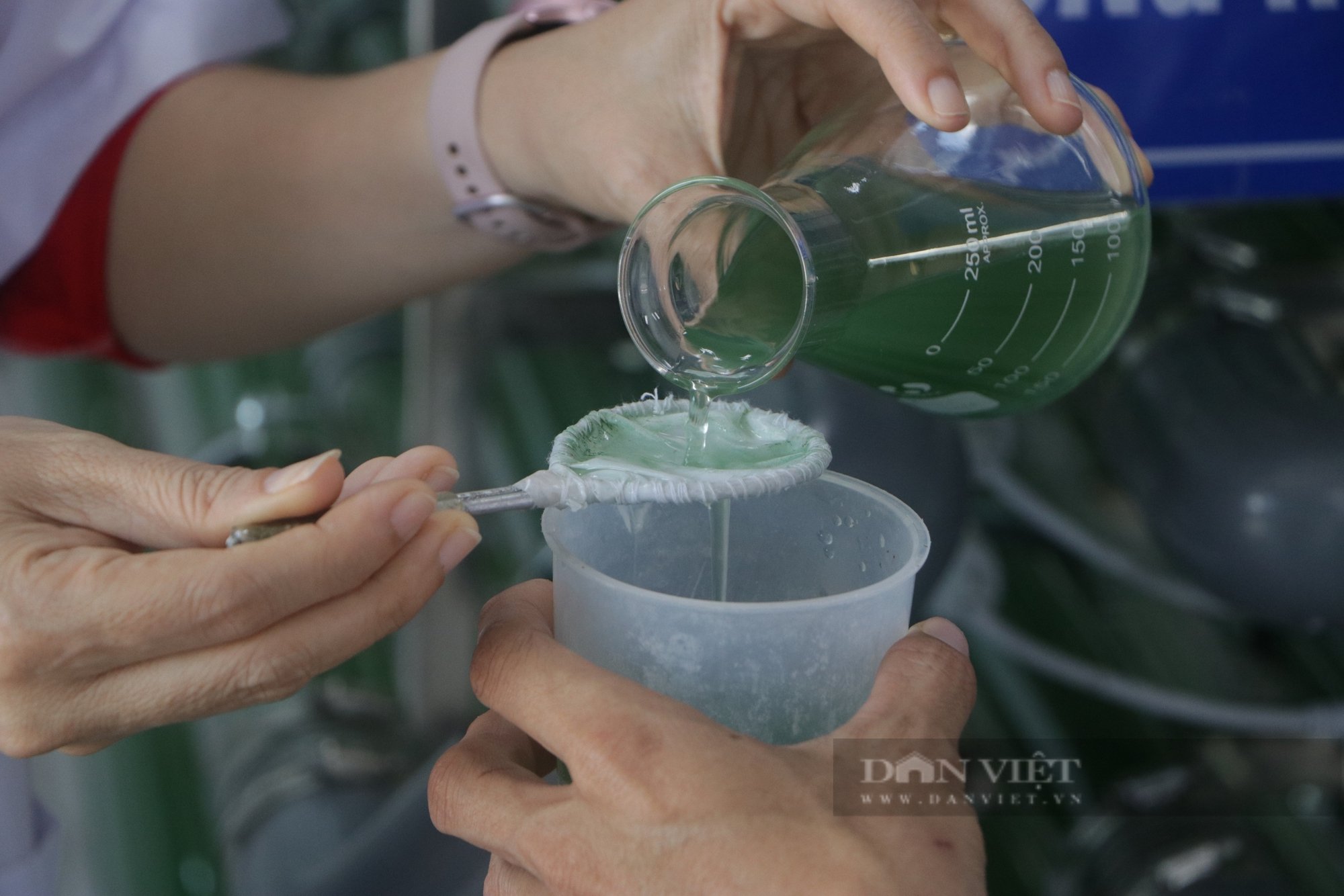
Spirulina algae has high value in the pharmaceutical industry. Photo: DQ
On August 6, 2004, the Ho Chi Minh City People's Committee issued a Decision to establish the High-Tech Agricultural Zone Management Board under the City People's Committee with the goal of developing the City's agriculture towards a modern, efficient and sustainable urban area.
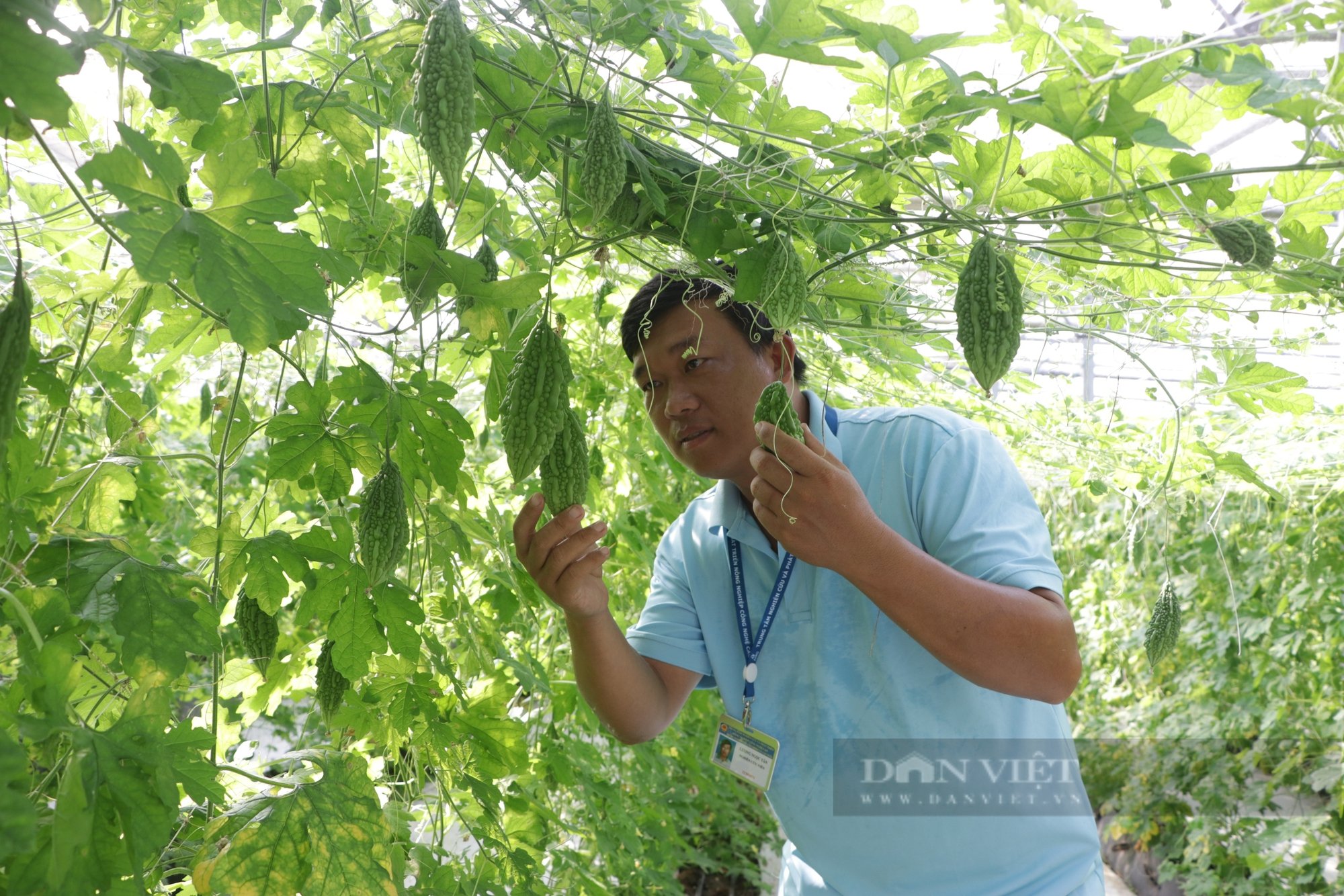
In addition to the above model, at the Ho Chi Minh City High-Tech Agricultural Park, there are many other models to research new plant and animal varieties; and evaluate the quality of varieties. Photo: QD
There are 4 affiliated centers including the High-tech Agricultural Business Incubation Center; High-tech Agricultural Research and Development Center; Infrastructure Exploitation Center and High-tech Agricultural Vocational Training Center.
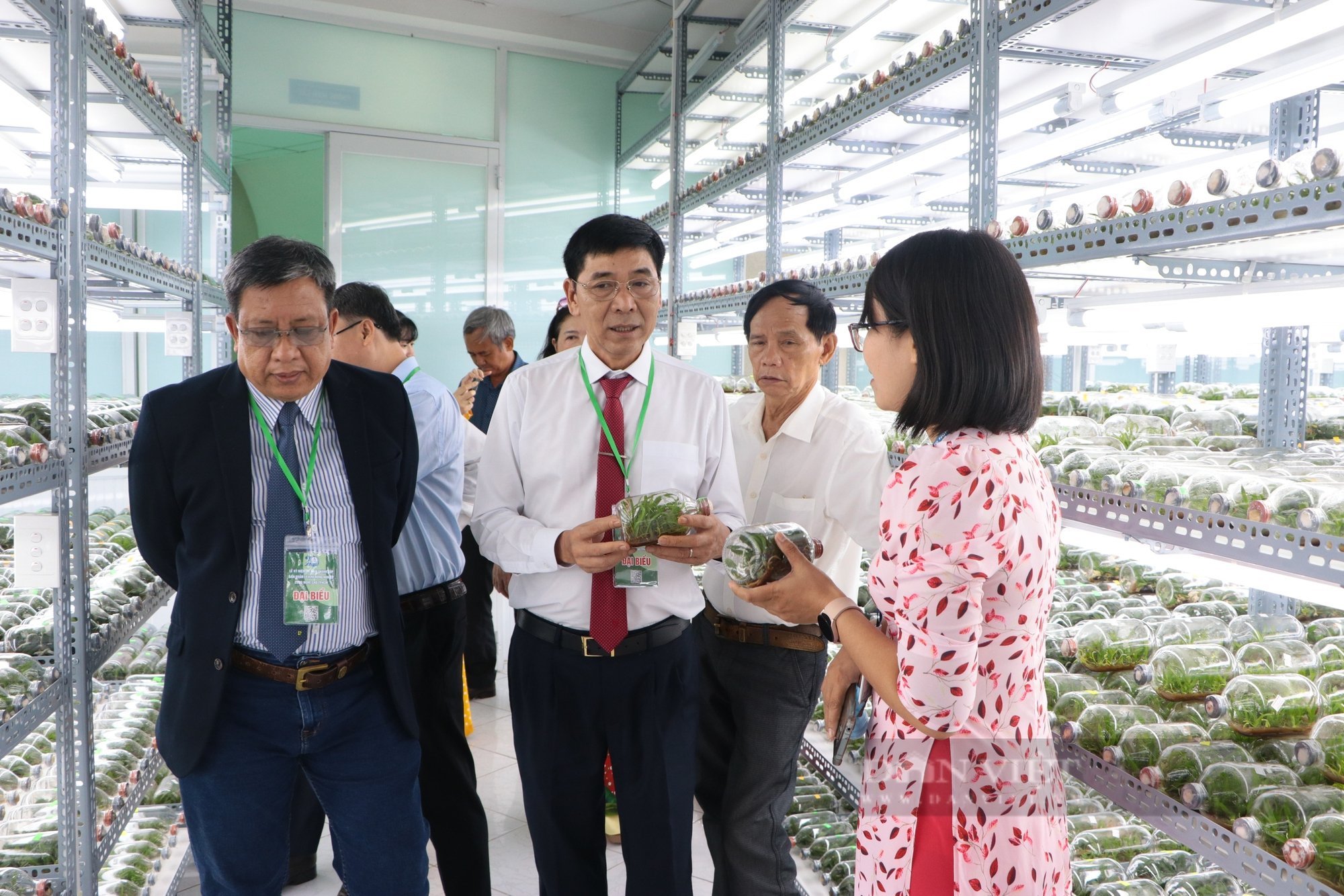
Mr. Le Minh Dung - Chairman of the Ho Chi Minh City Farmers' Association (2nd from left) visits the lab specializing in producing orchid embryos at the Ho Chi Minh City High-Tech Agricultural Park. Photo: QD
The Ho Chi Minh City High-Tech Agricultural Zone has four main functions, including: Researching, applying, and transferring technology to Ho Chi Minh City and the provinces; training human resources to serve high-tech agriculture in the current period and implementing the Party's Resolution on agriculture, rural areas, and farmers; influencing, supporting, and forming a chain of high-tech agricultural zones in the Southern region as well as the whole country; applying high-tech agricultural production in the current situation, especially high-tech agricultural production in urban areas.
Source: https://danviet.vn/mot-noi-o-tp-hcm-nuoi-con-dac-san-trong-hop-nhua-trong-rau-cuc-pham-trong-ong-to-mo-lam-luon-20250219190230929.htm








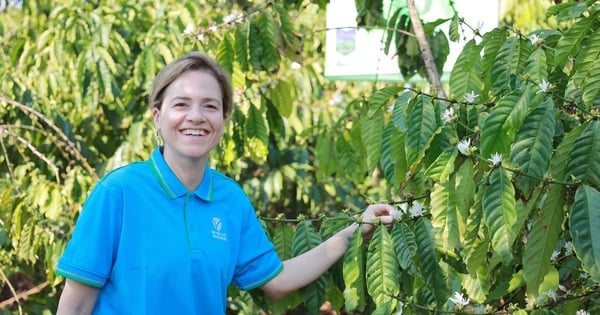


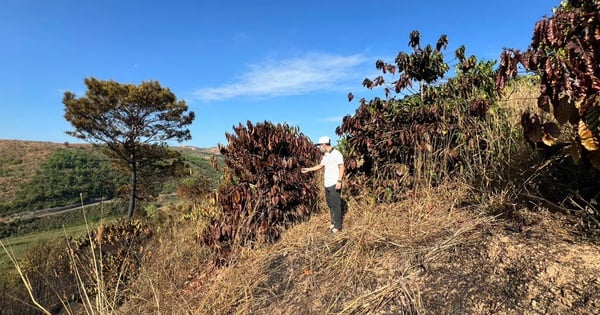

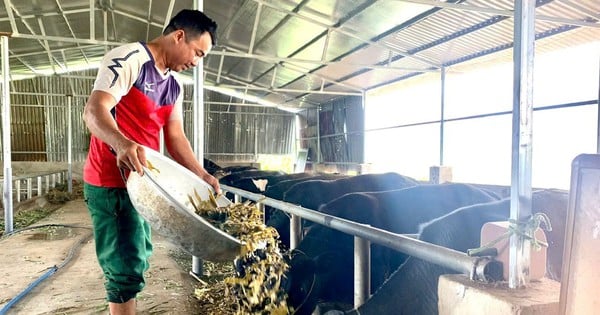
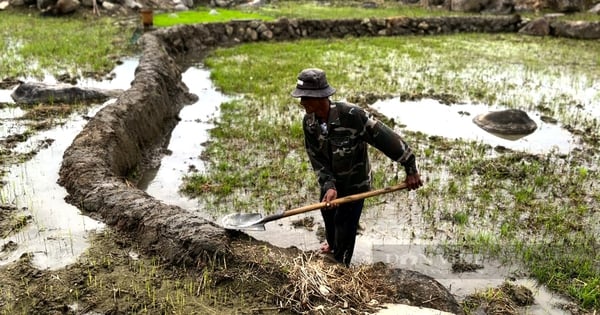
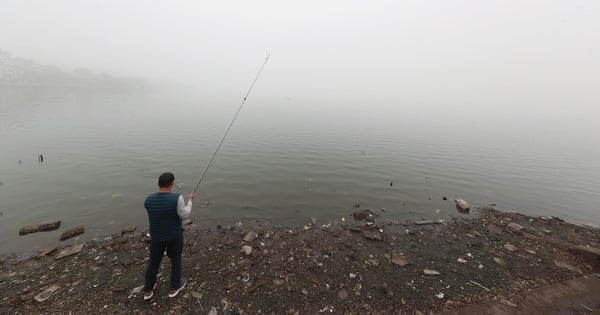
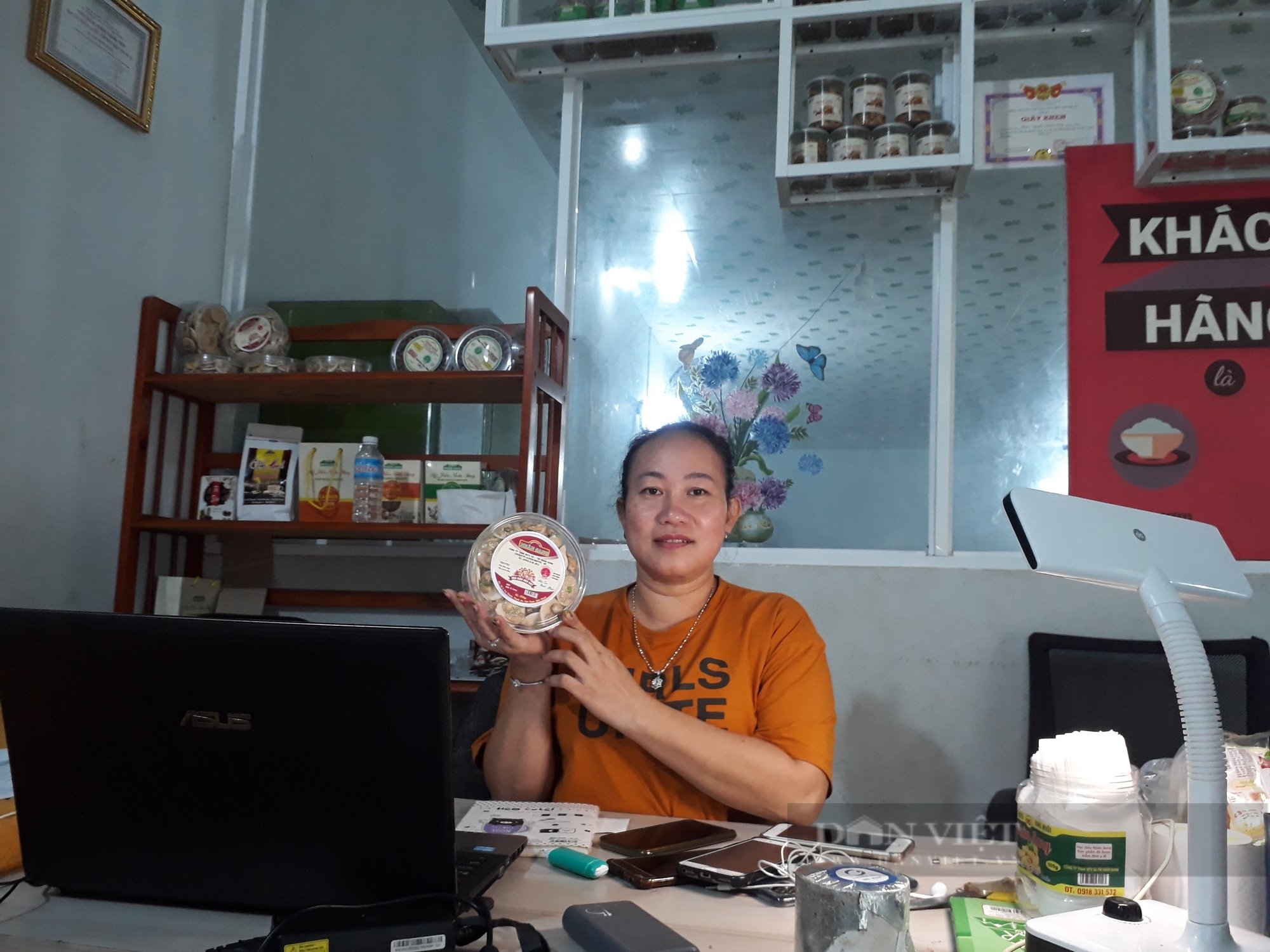
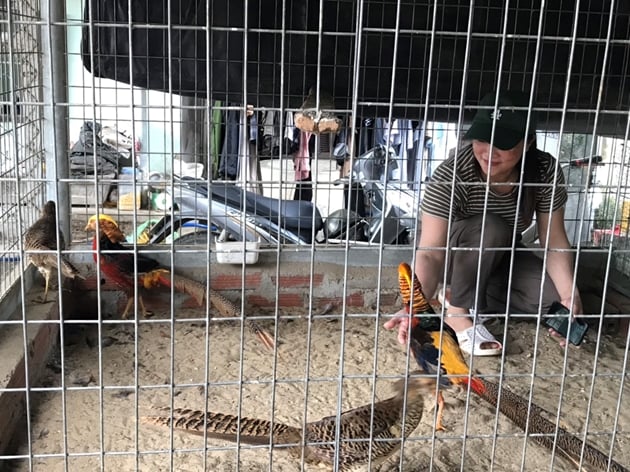










Comment (0)